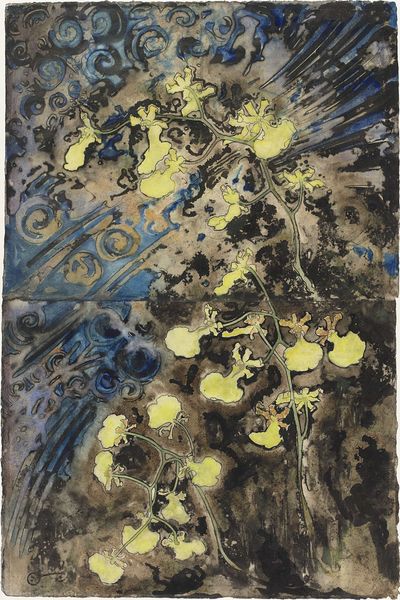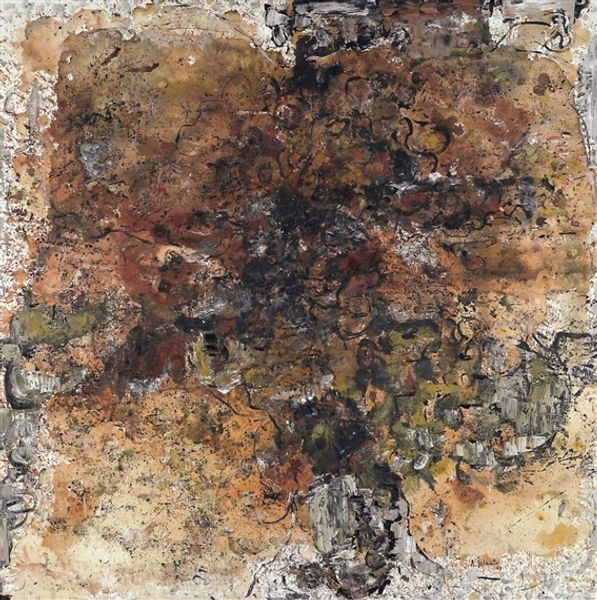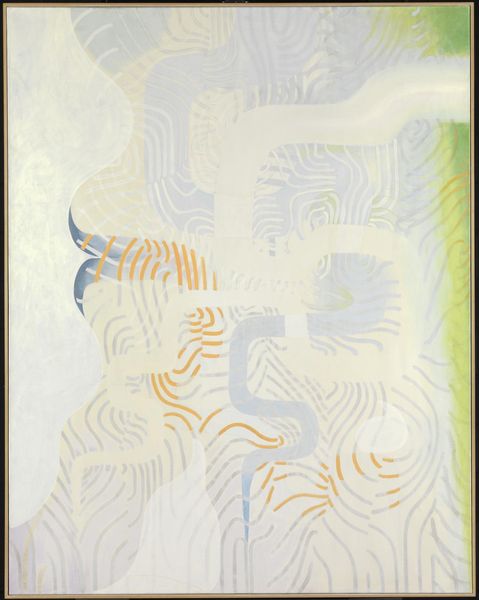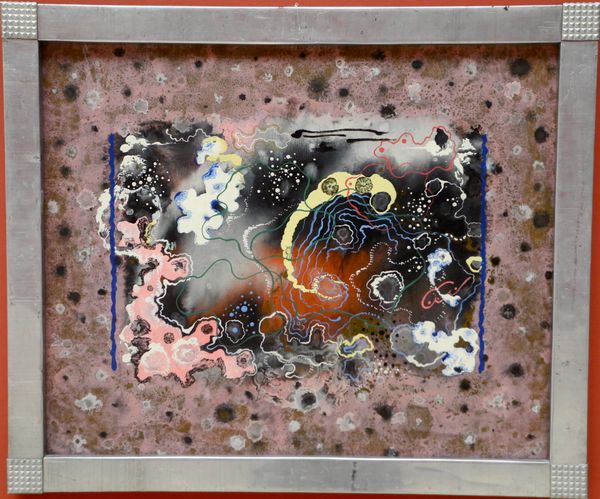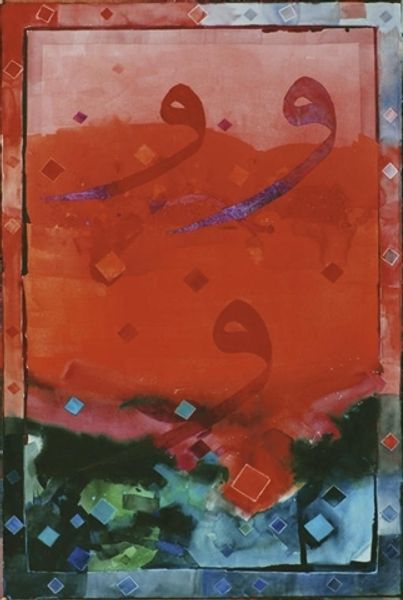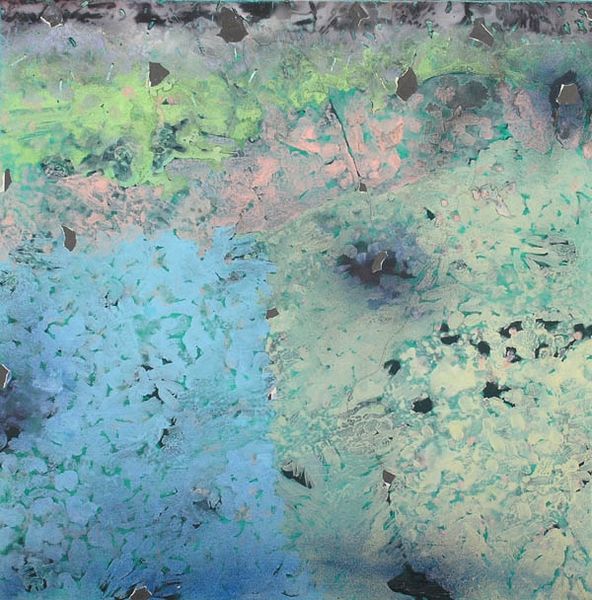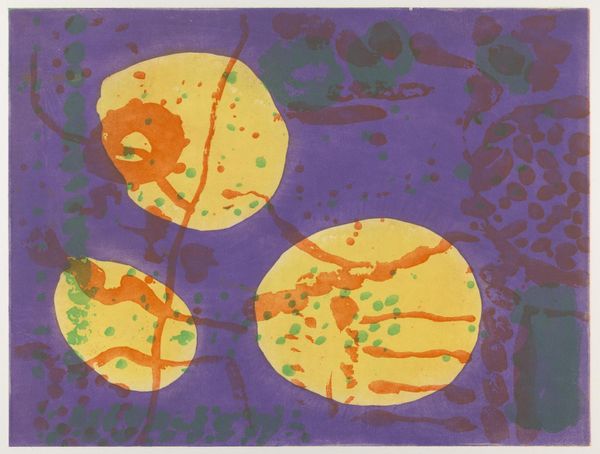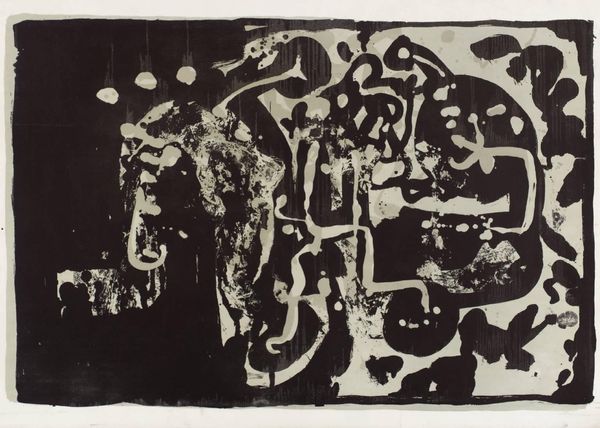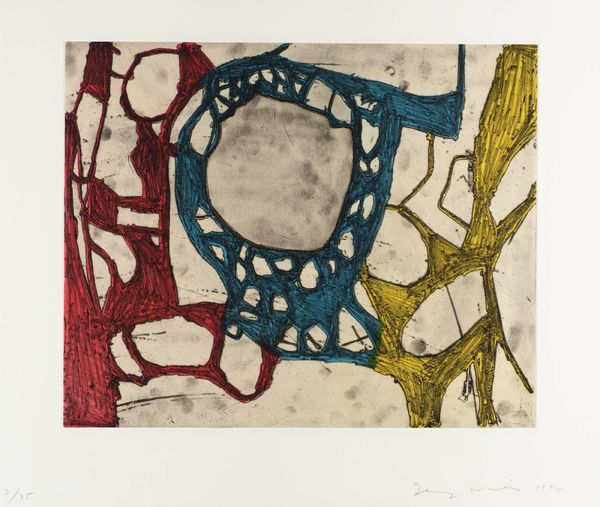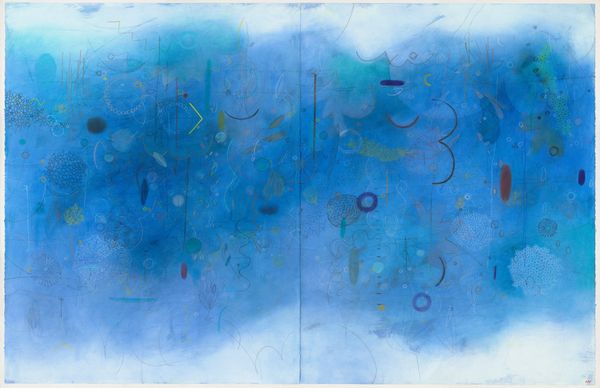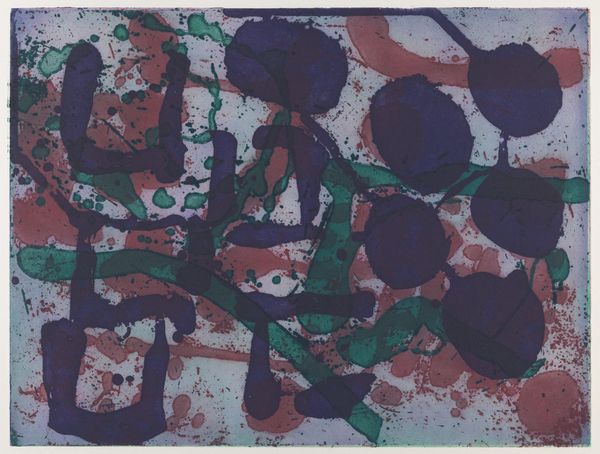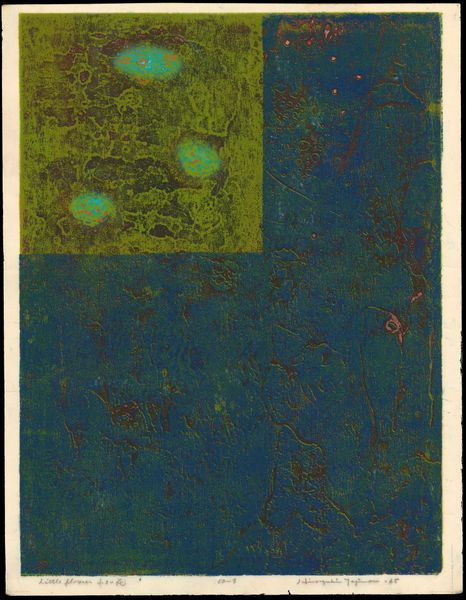
Copyright: David Kakabadze,Fair Use
David Kakabadzé’s 'Abstraction' is undated, but offers clues into the world of early 20th-century artistic experimentation, specifically in Georgia, then caught between tradition and the pull of European modernism. Kakabadzé, despite the constraints of working within the Soviet system, found ways to explore abstract forms and new technologies. This painting, with its biomorphic shapes and layered textures, reflects the influence of both Cubism and Surrealism, filtered through a unique cultural lens. Consider the politics of abstraction at this time. For some, it represented a rejection of representational art, deemed bourgeois and outdated. For others, it was a means of expressing inner worlds and universal truths, or perhaps a way of challenging institutional norms within the confines of what was permissible. To fully understand 'Abstraction,' we need to delve into the art criticism and manifestos of the period, exploring the debates around socialist realism and artistic freedom. The meaning of art is always contingent on its social and institutional context.
Comments
No comments
Be the first to comment and join the conversation on the ultimate creative platform.
